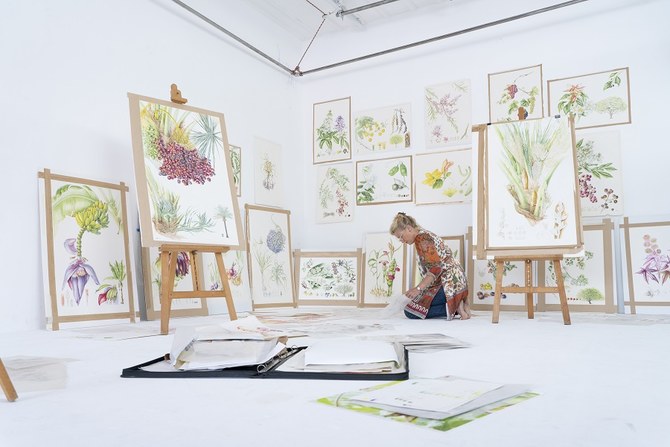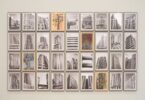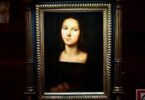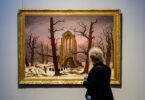Denise Marray
LONDON: A six-year collaboration between Pakistani scientist Dr Shahina Ghazanfar and New Zealand-based botanical illustrator Sue Wickison offers wonderful insight into the plants named in the Qur’an.
A new exhibition, “Plants of the Qur’an,” featuring 25 paintings by Wickison is now showing at the Shirley Sherwood Gallery of Botanical Art in London’s famed Kew Gardens.
Ghazanfar, an honorary research associate at the Royal Botanic Gardens and a Gibbs Fellow at Newnham College, University of Cambridge, told Arab News that her interest in exploring the historical and cultural significance of the 30 most featured plants from the Qur’an was both professional — from working at Kew — and personal, as she is Muslim.
When researching her book “Plants of the Qur’an: History & Culture,” she went back to ancient Mesopotamian cuneiform texts and semitic languages of Aramaic and Hebrew to trace those plants which do not have modern Arabic names.
“Those were more difficult to trace back. Every plant has a historical and cultural attachment to it which we must never forget or lose,” she said.
Ghazanfar, whose research extends to the study of plants of medicinal, historical and economic importance of the Middle East, has just returned from the nature reserves of Tabuk and Al-Wajh in Saudi Arabia where she is working on a national survey of plants.
“On that side of Saudi Arabia by the Red Sea, the mountains are very rich and verdant. We want to know all the animals and plants in the nature reserve. Plants, or any populations of plants found in one location which are of special importance, have to be conserved and monitored,” she explained.
Wickison, who worked at Kew Herbarium for several years, said her interest in the plants of the Qur’an was first inspired by her visits to the?Sheikh Zayed?Grand?Mosque in Abu Dhabi.
“What intrigued me, apart from the incredible building, were the unusual botanical motifs all over the floors and columns and up on the ceilings — different from the geometric shapes,” she said.
Wickison travelled to the deserts and mountains of the UAE and Oman to observe the plants specific to the region, while she could find others nearer to home in Fiji and Australia.
“The work takes hundreds of hours to produce. You must depict the plant accurately and aesthetically. I travel to see the plant because it’s really important to work from living material. Some of the plants I have grown myself at my home in New Zealand — or travelled into the mountains to find,” she explained.
She described her joy at discovering the hidden beauty of Haloxylon Salicornicum, a flowering desert shrub growing in the desert in Sharjah.

“Initially when I saw it, it looked like insignificant little stems on the ground, but when I put it under a microscope it had tiny little flowers. The seeds have wings which change color from apricot through pink to white as they go,” she said.
Over her several years of collaboration with Ghazanfar, Wickison said she has received support and assistance from many people, including pomegranate farmers in the mountains of Oman and date palm growers in Sharjah.
“The main thing about the project has been the cooperation and support of the people. It’s been a real group effort,” she said.
Also featured in the Shirley Sherwood Gallery are two spectacular works by Pakistani-American contemporary artist Anila Quayyum Agha. Although her exhibition is independent from “Plants of the Qur’an,” there are complementary aspects. She described “Stolen Moment Bouquet 1 & 2” as showing the fragility of nature.
“This is about climate change. If we don’t take action this is the kind of thing we will see in museums — not in real life. It’s also about appropriation and commerce and resources being taken from one place to another,” she said.
Her stunning work “All the Flowers are for Me,” which she said is about “elevating women” also draws inspiration from patterns used in Islamic art and architecture.

Courtesy: arabnews







